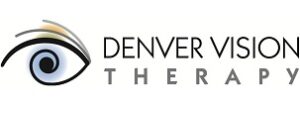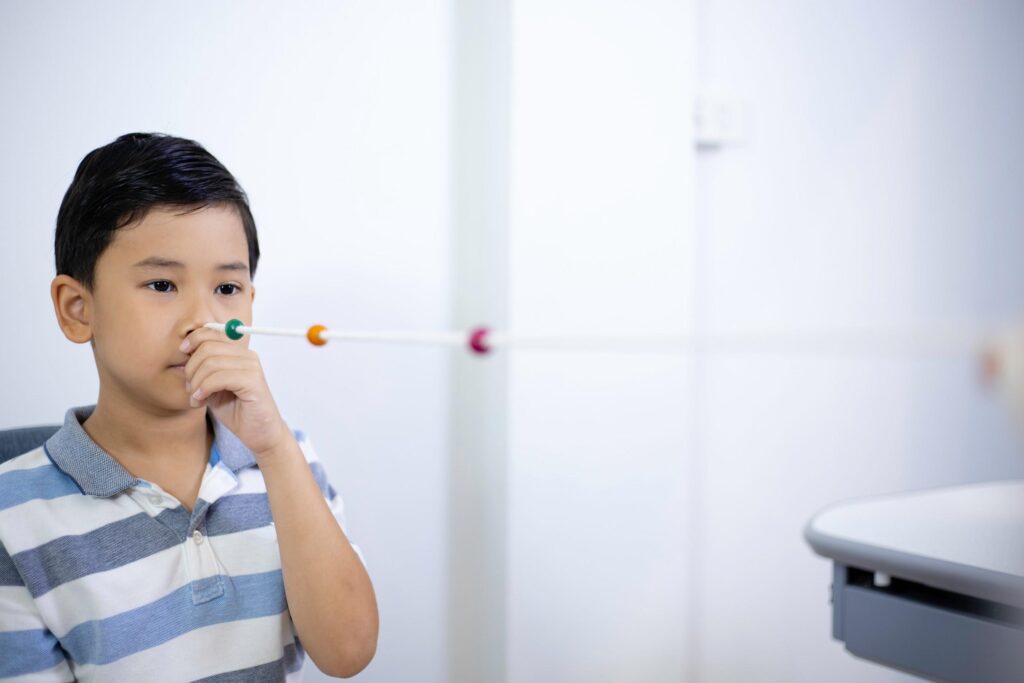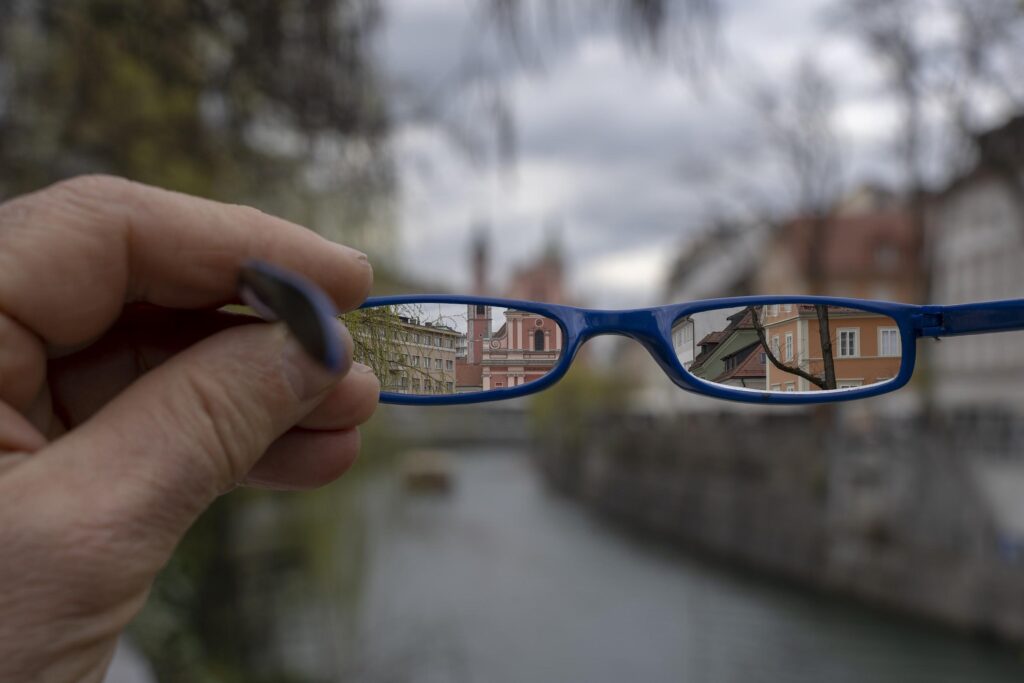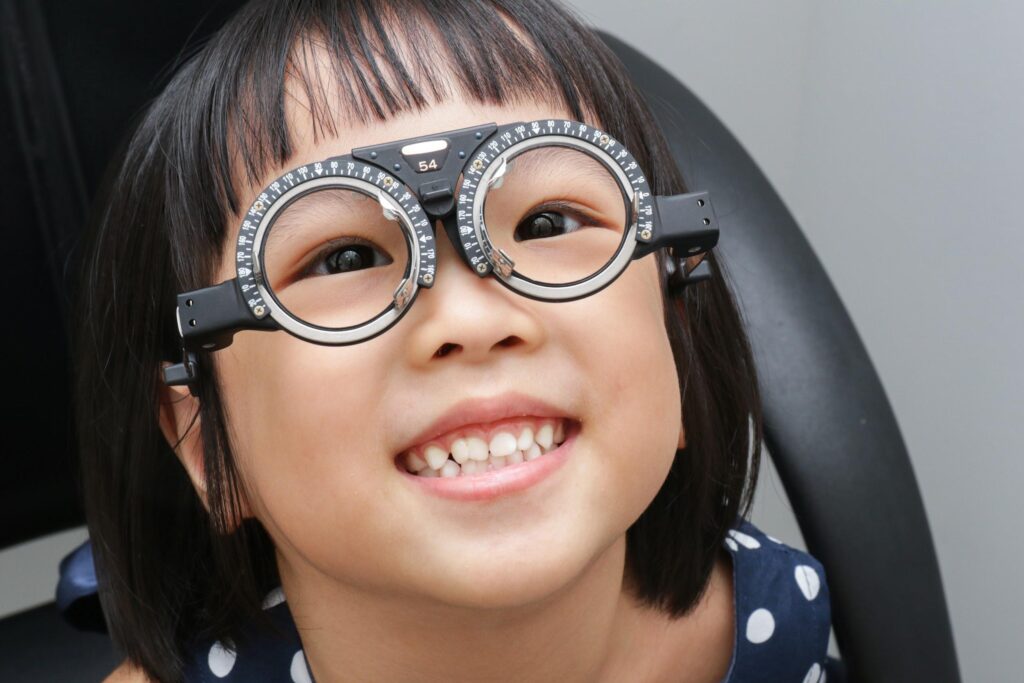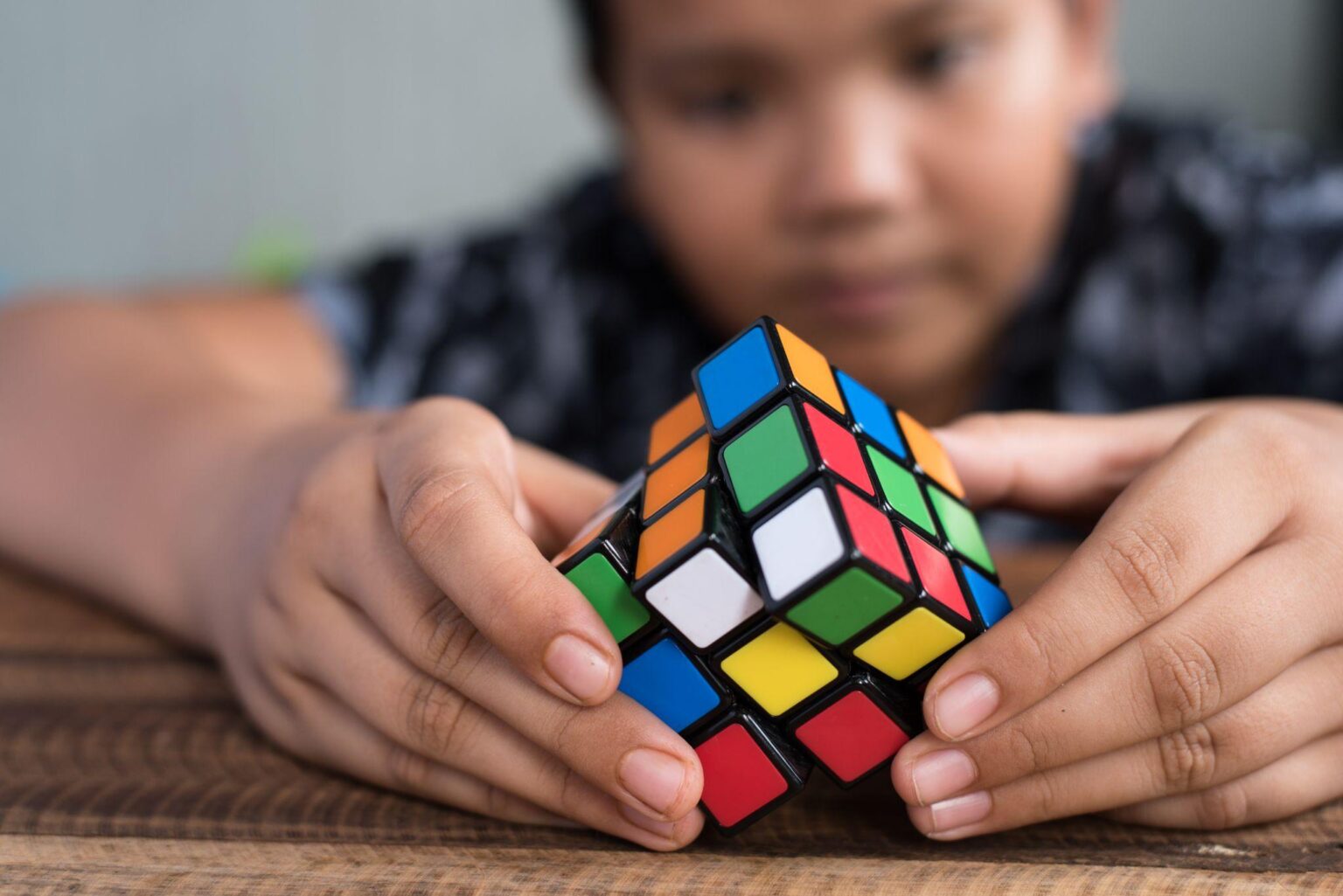Amblyopia and Strabismus
Amblyopia is a developmental condition where one eye cannot see clearly (20/20) even when the best glasses prescription is used in the absence of any physical or medical cause for the decrease in vision. The cause of amblyopia is when the eye has blurry vision or an eye misalignment during a critical phase of development, with an onset usually before age 6. This causes the brain to ignore the information coming into that eye, and suppresses the brain’s ability to learn how to see with the amblyopic eye. So, it’s actually a condition that affects the development of the visual cortex, not the eyeball itself.

While the traditional treatment approach to amblyopia involves patching, which can improve the vision in one eye, it does not resolve the underlying problem - how the visual system uses the two eyes together! Without addressing the binocular (eye teaming) system deficits, any success with patching is likely to regress. Patients with amblyopia are more likely to have other functional vision problems as well, which can affect reading and learning.
Proper treatment for amblyopia includes activities to improve eye teaming and stereopsis (depth perception) so that the eyes will want to work together to see one clear and comfortable image. These activities also tend to improve the vision in the amblyopic eye. Our doctors have a variety of treatment options for amblyopia and are up-to-date in the latest glasses prescribing protocols that help to build the vision skills and improve patient performance and comfort. We do not use patching as a form of treatment, as it is an outdated approach to treatment of amblyopia.
Strabismus occurs when one eye is misaligned, which can cause the person to see two images. When the condition starts at a young age, the brain learns to ignore (suppress) the information coming from one eye, which can cause amblyopia. If the strabismus starts when the patient is older, it can cause double vision.
The eye turn may be large and cosmetically apparent, or smaller and harder to detect. Fortunately, eye turns of all sizes can be treated through vision therapy. We can improve strabismus by using glasses, prism, active or passive vision therapy, and sometimes color light therapy. We never use an eye patch to treat strabismus.

If the eye turn is longstanding or if adequate progress is not achieved through vision therapy, then eye muscle surgery may be required. In these cases we use a ‘sandwich approach’, starting with vision therapy to prepare the visual system for the change, then having the patient return to vision therapy soon after their eye muscle surgery. Similar to how you would go to physical therapy after knee surgery, it is critical to a patients’ success to have vision therapy after eye muscle surgery.
